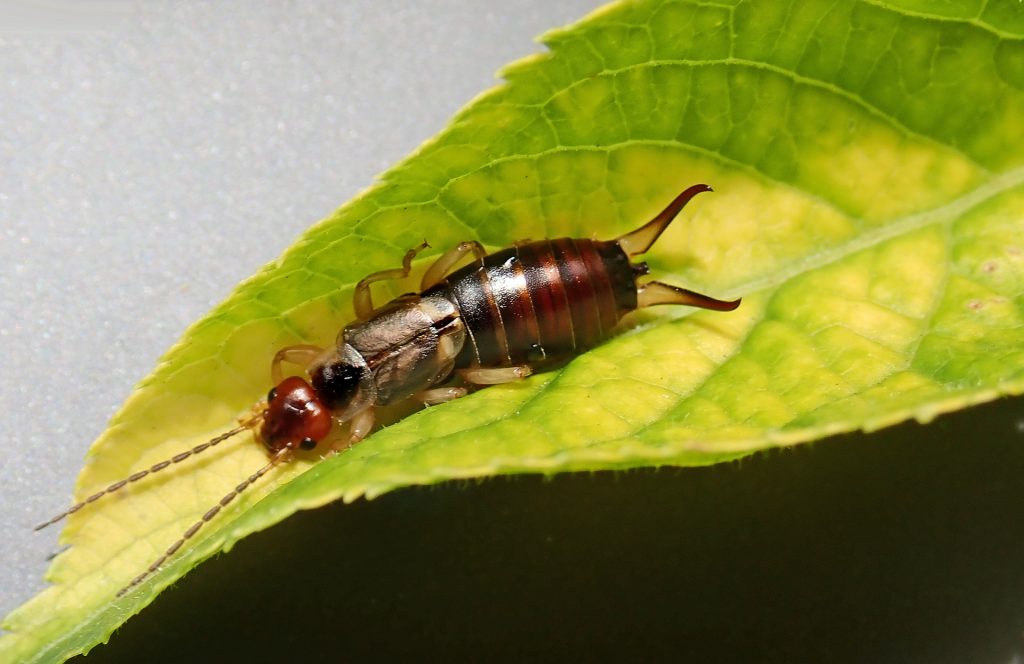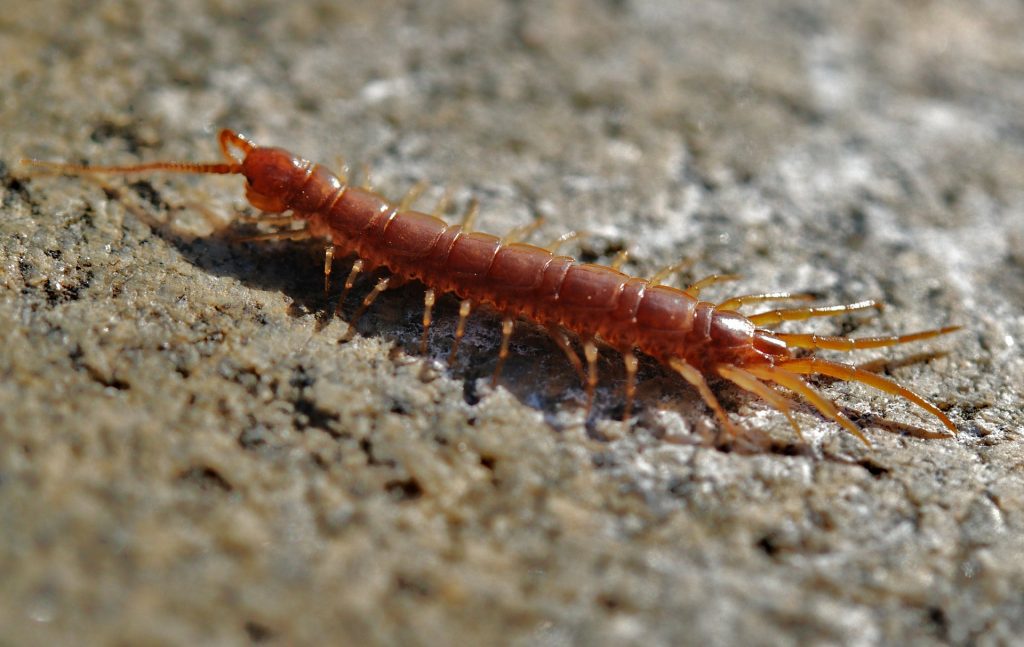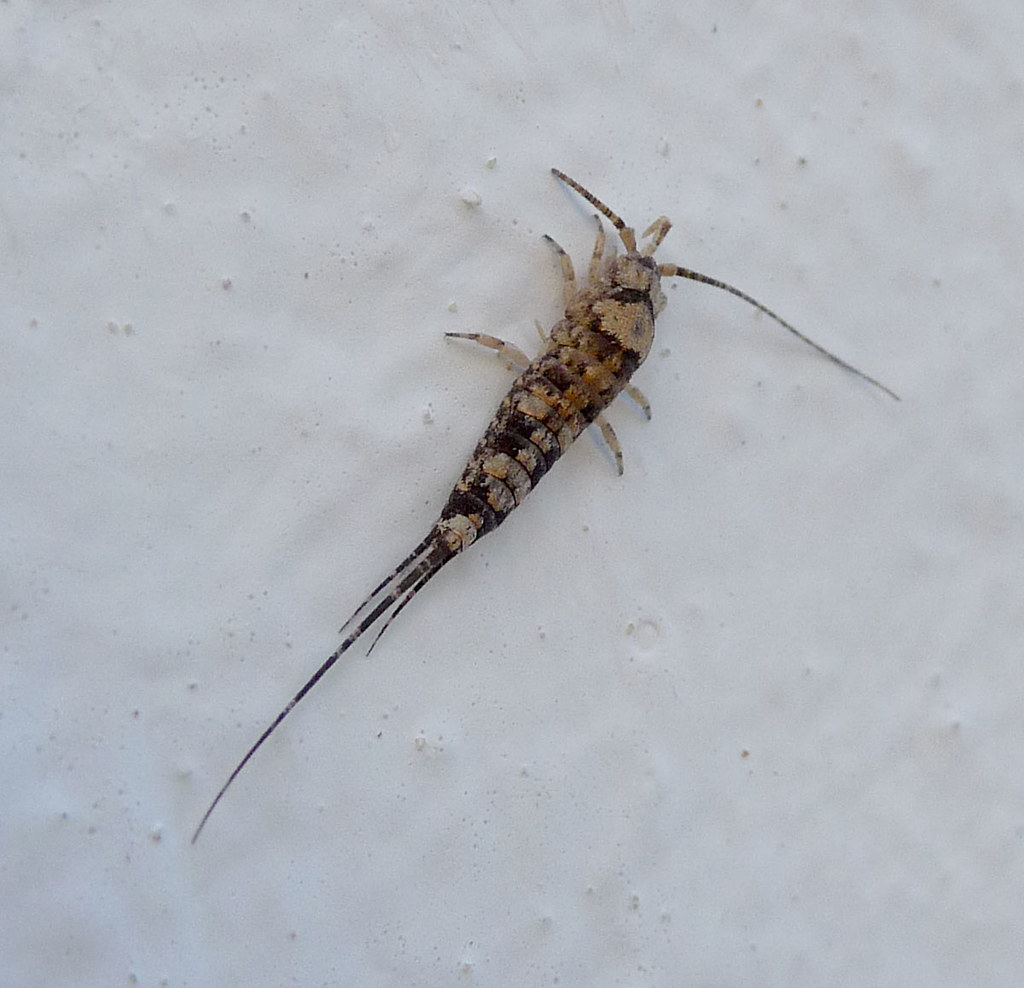3 Bugs That Can Be Mistaken For Silverfish
- Esther M.
- Oct-06-2021
- Stink Bugs
Did you know that silverfish live up to 3 years? Actually, some have even been found to be living for 8 years. Now that’s some huge lifespan for a bug right? Now, silverfish love moisture. If you ask most homeowners who have infestations, the spaces with most silverfish have been the basement and even bathrooms. Moreover, their preferred meal is some paper or even old clothes. If that’s not bad enough, trying to eradicate them is worse because of their very small size. You just can’t corner them physically. So you need to play smart.
But you may be shocked to realize that you are not dealing with silverfish at all. These bugs have 3 look-alikes namely, earwigs, centipedes, and bristletails.
Here’s more about them:
Earwigs

Earwigs get their name from a longstanding myth that this creature can get into your ear and possibly start feeding on your brain matter. But as you’ve read, it’s all a myth. They actually don’t do that. Earwigs feast on other insects and sometimes feed on vegetation like moss.
What else should you know about earwigs?
An earwig is commonly referred to as the “pincer bug” or “pincher bug” because of the pincers on their abdomen’s back. Earwigs use the pincers for defense against other earwigs.
These are harmless insects with a negative reputation. Many people are frightened of them because of their pincers, but they do not harm humans.
Pincer bugs produce a pheromone (scent) that they use to attract others of their kind. Many scientists believe this is the reason earwigs live in clusters or large numbers.
They are an insect with multiple species. There are over 20 different earwig species in the United States.
They live on every continent of the world, except for Antarctica.
These insects are nocturnal. They prefer cool, damp areas and are outdoor insects.
They cannot fly, scurrying where they need to go on their six legs. Read more from Bug Tech…
Centipedes

Centipedes are little-known home heroes. You read that right. They feed on other smaller creatures in your home, creating that natural mechanism of solving bug issues. But you shouldn’t allow them to infest your home or make you uncomfortable. After all, it’s your home, right?
Centipedes differ from silverfish and here is their bio-data in detail:
Centipedes are part of the Chilopoda class and are not actually insects. As you may already know, insects are well-known for having only six legs. Centipedes may have many body segments, so depending on the species, they can have up to 177 pairs of legs (with the average being around 35). While that is definitely a lot of legs, it’s not quite as many as the millipede which has two pairs of legs per body segment. Despite common belief, centipedes do not have quite 1,000 legs but can have up to around 750. Most centipedes have a pair of modified claws behind their head that can be venomous.
House centipedes are one specific species of centipede known to become quite the nuisance—sometimes requiring professional treatment. It is the only centipede commonly found in human dwellings. The house centipede may be even more alarming than other species of centipede. Read more from Terminix…
Bristletail

Have you ever heard of bristletail?
If you haven’t, here’s some interesting info for you. These bugs are also called jumping bristletails. They grow to a length of 20cm and their average weight is around 20 grams. They can easily be mistaken for silverfish because of their color and size.
Bristletail is the common name for insects of the order Archaeognatha (or Microcoryphia). Zygentoma, which contains both silverfish and firebrats, is the sister order to Archaeognatha. One of the most common silverfish lookalikes in this order is the jumping bristletail.
Like silverfish, jumping bristletails lack wings and have scales, thin bristles, and long antennae. They are round (rather than flat), gray (rather than silver), and vary in size (from 0.2–0.8 in./5–20 mm). Most bristletails, including the jumping bristletails, are outdoor insects. This means that they will rarely come close to your home or property as there’s nothing of interest for them there.
Unlike silverfish, bristletails can jump as far as 4 in. (10 cm) when disturbed. So, if you scare a bug that you think might be a silverfish and it jumps instead of scurrying away, it’s probably a bristletail. Read more from Insect Cop…
But don’t let all these bugs worry you because Backyard Bug Patrol is here for you. We are bug control experts with customer-centric staff that are always on call. We’ll take care of the silverfish infestation for you. Call us today.
